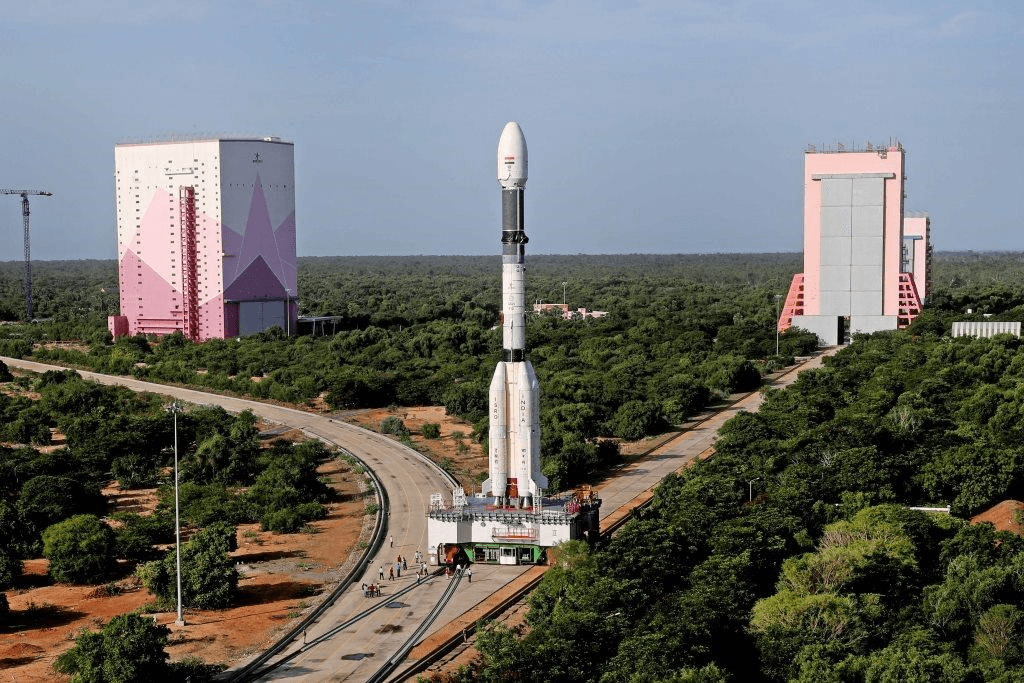A project intended to bolster India’s aerospace capabilities with domestically produced high-strength carbon fibre, crucial for advanced space launch vehicles, has been deemed a costly failure, exposing critical vulnerabilities in the nation’s strategic materials policy. Nearly two decades after the Vikram Sarabhai Space Centre (VSSC) and the National Aerospace Laboratories (NAL) embarked on the ambitious T800 carbon fibre development, a parliamentary committee has sharply criticised its abandonment, highlighting a stark disconnect between initial ambitions and eventual outcomes.
The core of the issue lies within the complex realm of advanced textiles, specifically the production of T800-grade carbon fibre, a material renowned for its exceptional strength-to-weight ratio. Initially conceived in 2006, when India faced stringent embargoes, the project aimed to forge self-reliance. However, NAL, despite its experience with lower-grade T300 carbon fibre, struggled to achieve the desired T800 specifications, producing only 80% of the required strength. This shortfall, compounded by procurement and technical hurdles, led to repeated project extensions, culminating in its termination in 2019 after consuming ₹4 crore.
The Public Accounts Committee (PAC) has levied harsh criticism, pinpointing VSSC’s flawed planning and NAL’s apparent lack of requisite expertise at the project’s inception. They questioned the rationale behind repeated extensions and lamented the “waste of ₹4 crore” and the loss of 13 years, highlighting the absence of robust exit strategies and recovery clauses within the initial Memorandum of Understanding (MoU).
The geopolitical context is equally significant. In 2005, facing supply constraints due to ISRO’s placement on a restricted list, indigenous development was deemed essential. However, by 2019, with ISRO removed from the list, the perceived urgency waned, and the project was abandoned in favor of sourcing from global suppliers. Yet, the PAC warns against complacency, emphasising the enduring risks of future embargoes and supply disruptions. The committee challenges the notion that “money saved is money produced” when dealing with strategic materials, advocating for a comprehensive reassessment of India’s long-term needs and a renewed focus on domestic production
Furthermore, the dual-use nature of T800 carbon fibre, applicable in both civilian and military applications, raises concerns about potential export clearance issues amid evolving geopolitical dynamics. This underscores the need for a robust and adaptable strategic materials policy, ensuring that India’s aerospace and defense sectors are not left vulnerable to external pressures.
The failed T800 project serves as a stark reminder of the intricate interplay between advanced textiles, strategic autonomy, and geopolitical realities. As India strives to solidify its position in the global space race, the lessons learned from this endeavor must be woven into a more resilient and forward-thinking approach to indigenous material development.

